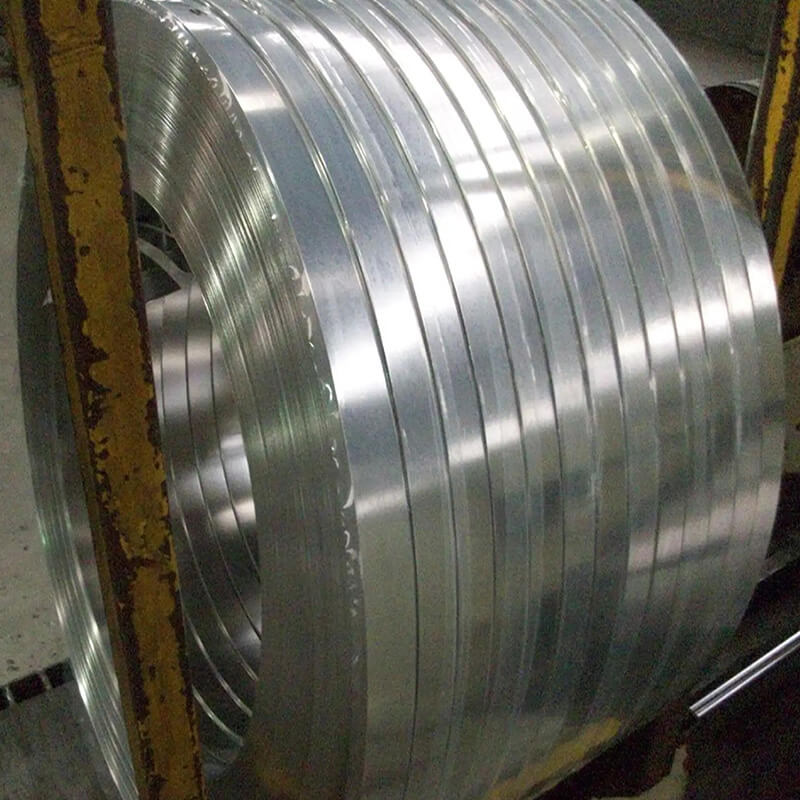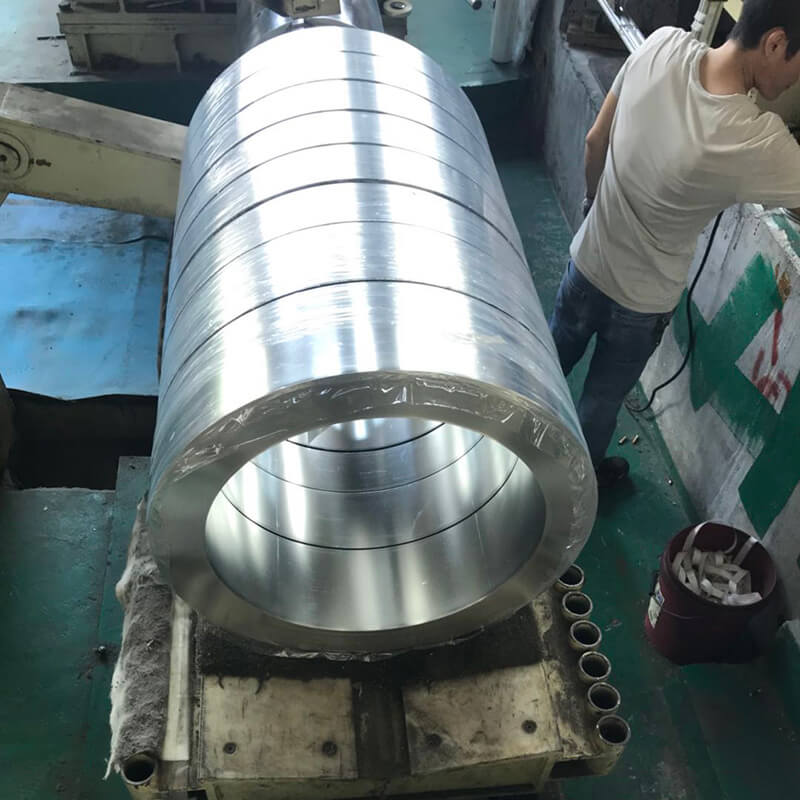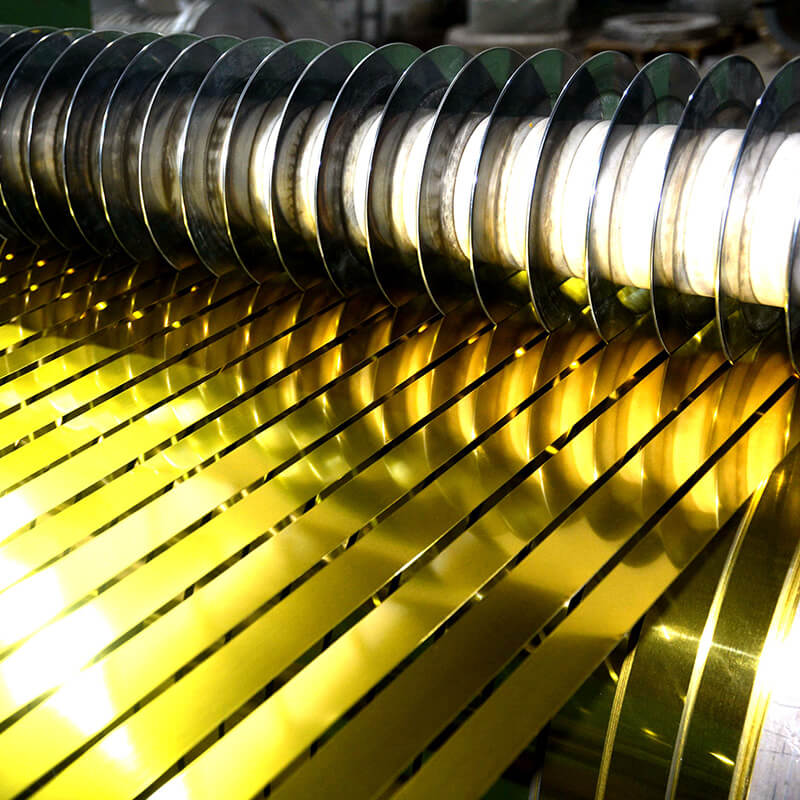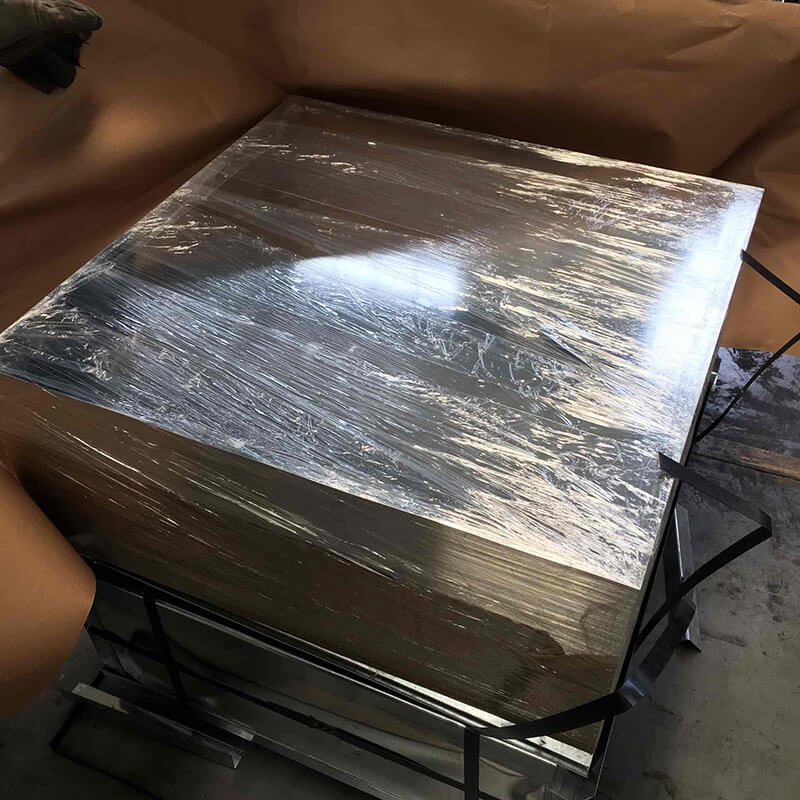Electrolytic tinplate steel Strips have the characteristics of corrosion resistance, non-toxicity, high strength and good ductility.
Packaging made of tinplate has good sealing, storage, light repellency, robustness, and unique metal decorative charm, which determines its wide coverage in the packaging container industry, making it an internationally common tinplate packaging material.
Electrolytic tinplate steel strip are widely used as a packaging material for food and beverages, grease cans, chemical cans, and other miscellaneous cans, to provide excellent protection of the physical and chemical properties of the contents. Tinplate cans can be used to fill juice, coffee, tea, and sports drinks, as well as cola, soda, beer, and other beverages. High workability of tinplate allows for many variations in its shape, whether high, short, large, small, square, or round, which can meet the diverse needs of the beverage packaging and consumer preferences. For example, chemical cans,food cans, tea cans and oil bucket, etc.
| Grade | Main Usage | |
| Food Grade Cans | Food Cans | fishery and agricultural products, etc. |
| Beverages Cans | juice, soft drinks, other beverages | |
| Industrial Grade Cans
| Oil Cans | automobile oil, mechanical oil, etc. |
| Pails | Industrial containers for paint and oils | |
| Aerosol Cans | cosmetics, butane gas, pesticide, etc. | |
| Temper & Hardness & Applications | ||
| Temper | Hardness | Applications |
| T1 | 49±3 | nozzles,spouts,closures. |
| T2 | 52±3 | pie pans,closures,shallow drawn and specialized can parts. |
| T3 | 57±3 | battery can bodies,can ends and bodies,large diameter closures,crown caps. |
| T4 | 61±3 | can ends and bodies,crown caps and small screw closures. |
| T5 | 65±3 | Can ends and bodies for non corrosive products. |
| DR-8 | 73±3 | small diameter round can bodies and ends. |
FAQ of Electrolytic Tinplate Steel Strip
1. What is Tinplate Steel Strip?
Tinplate steel strip is a thin steel sheet coated with a layer of tin through an electrolytic process. It combines the strength of steel with the corrosion resistance of tin, making it ideal for various applications.
2. What are the common applications of Tinplate Steel Strip?
Tinplate steel strips are widely used in:
- Food and beverage cans
- Aerosol cans
- Chemical containers
- Battery shells
- Crown caps and closures
3. What are the key benefits of Tinplate Steel Strip?
- Corrosion Resistance: Tin coating protects the steel base from rust and oxidation.
- Formability: Easy to shape, bend, or cut for diverse uses.
- Excellent Surface Finish: Ideal for printing and decorative purposes.
- Recyclable: Eco-friendly and reusable material.
4. How to choose the right Tinplate Steel Strip?
Consider the following factors:
- Thickness: Commonly ranges from 0.12mm to 0.50mm.
- Tin Coating Weight: Measured in g/m² for added protection.
- Surface Finish: Bright, stone, or silver finish based on aesthetic needs.
5. How should Tinplate Steel Strip be stored?
Store in a dry, ventilated area away from moisture to prevent oxidation. Ensure proper stacking to avoid deformation.
6. Is tinplate ferrous or non-ferrous??
Tinplate is considered a ferrous material. It is made from a thin sheet of steel (which is an iron-based, ferrous metal) that is coated with a thin layer of tin. The tin coating helps to prevent rust and corrosion, while the steel provides strength and durability. Despite the presence of tin, which is a non-ferrous metal, the primary material in tinplate is steel, making it a ferrous metal product.


















